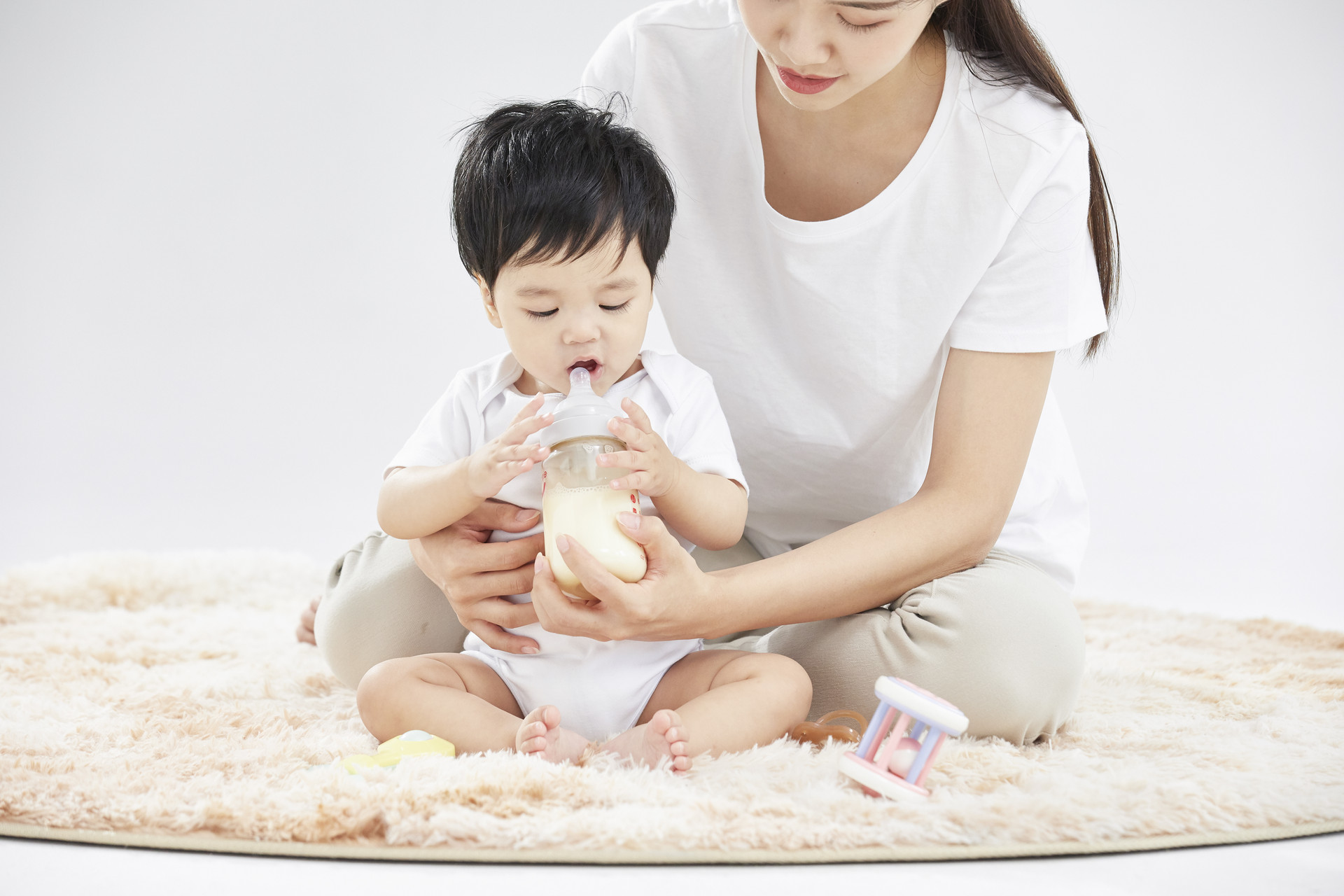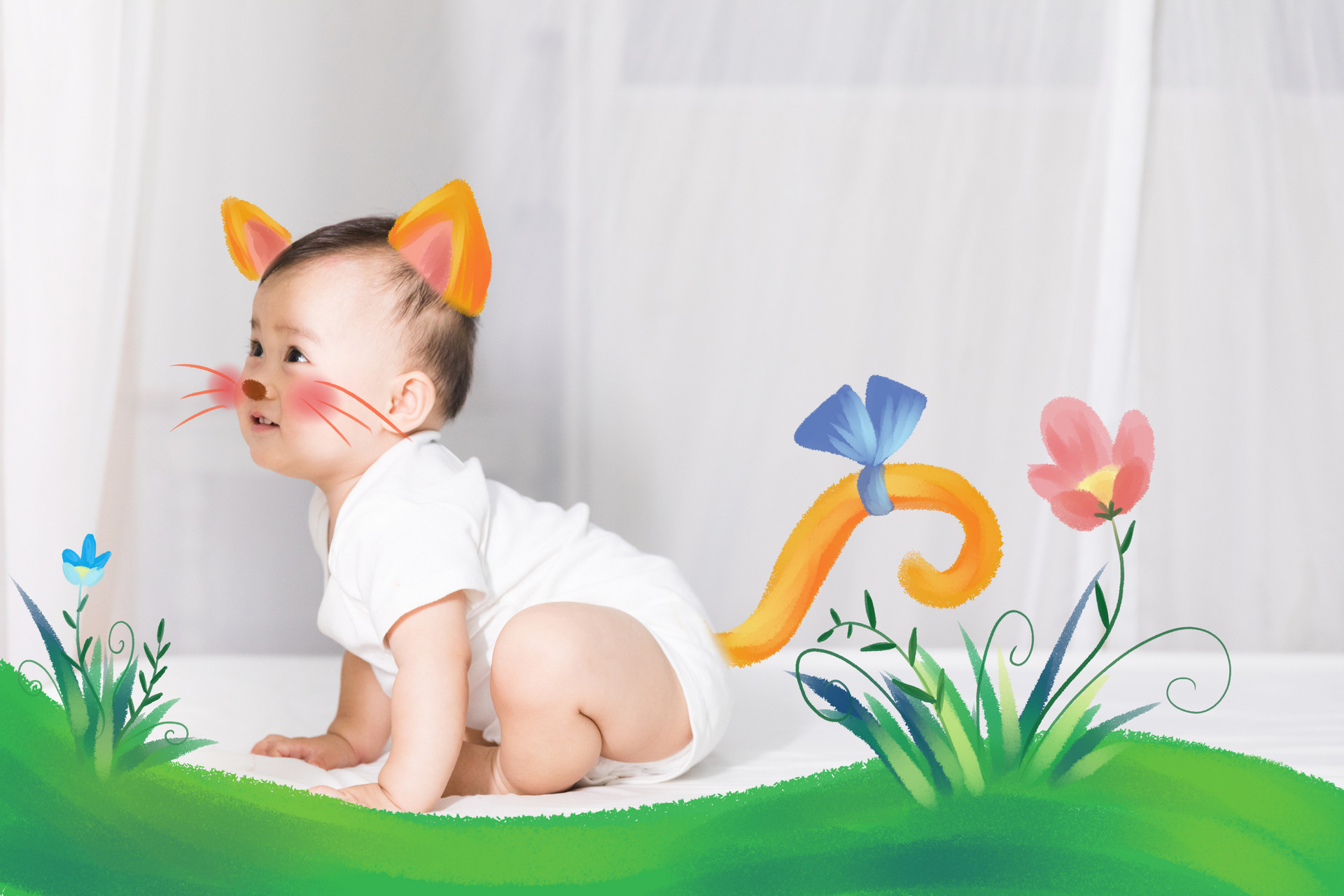Childhood urticaria is a common allergic skin disease in spring. When the disease occurs, the body will have rash of different sizes, which feels hard when touched and is intensely itchy. So, what are the causes of childhood urticaria? How can parents prevent it?
Causes of Childhood Urticaria
1. Food
The most common foods that can cause urticaria are tree nuts, peanuts, eggs, shellfish, chocolate, fish, milk, fresh or frozen berries, tomatoes, and certain food additives and preservatives.
Babies may be allergic to proteins in food, or they may release histamines in response to certain chemicals in food, resulting in sudden urticaria.
2. Allergens
Children who are allergic to cats may also develop urticaria when they come into contact with kittens. Allergens in the air, such as pollen, can also cause urticaria in babies.
3. Illness
Your child may develop urticaria when they have a cold or other viral infection. In rare cases, they may also develop urticaria due to bacterial infections.
4. Temperature
Sometimes, low temperatures can also cause urticaria. Baby's skin can develop urticaria when the temperature suddenly changes, for example, when the skin quickly warms up after being exposed to cold.
5. Medications
Antibiotics and other medications can also cause sudden urticaria in your baby.
Symptoms of Childhood Urticaria
1. Sudden Onset
The skin lesions often occur suddenly, appearing as localized red wheals of varying sizes with clear borders and various shapes, such as round, oval, or irregular.
They start as isolated lesions, but can gradually increase and merge with scratching, forming irregular, map-like, or ring-shaped patterns.
If there is a rapid leakage of serum from the capillaries, compressing the vessel wall, the wheals may appear pale with a red halo, and the skin may become uneven, resembling orange peel.
2. Recurrent Attacks
The skin lesions usually last for half an hour to several hours and disappear naturally without leaving any traces. However, new wheals can continue to occur, recurring multiple times within a day.
3. Severe Itching and Burning
There is intense itching and a burning sensation.
4. Variable Sites of Affection
The lesions can occur anywhere on the body or be localized to certain areas. At times, the mucous membranes can also be affected, such as the gastrointestinal tract, causing mucosal edema and symptoms such as nausea, vomiting, abdominal pain, and diarrhea.
If the mucous membrane of the larynx is involved, it can cause chest tightness, wheezing, and difficulty breathing. In severe cases, it can lead to laryngeal edema and asphyxiation, risking the life of the child.
If accompanied by systemic symptoms such as high fever, chills, and rapid pulse, special attention should be paid to the possibility of severe infections such as sepsis.
Prevention of Childhood Urticaria
1. Emphasize Breastfeeding
Breast milk is the best food for babies, as it is not only rich in nutrients but also boosts the baby's immune system.
Babies with a history of allergic diseases may have a higher chance of developing atopic dermatitis and food allergies if they are exclusively breastfed, so it is advisable to feed them with formula milk.
2. Stay Away from Allergens
This is the fundamental factor and method to prevent allergic skin diseases.
Keep indoor hygiene by regularly ventilating the room, maintaining appropriate temperature and humidity, and minimizing the use of disinfectants and insecticides.
In spring, try to minimize your child's exposure to pollen, and in summer, avoid direct sunlight. Also, minimize your baby's contact with dogs and other pets. Change your baby's clothes frequently.
3. Take Care of Baby's Skin
When bathing your baby, choose neutral pH baby soap that is non-irritating. Do not use adult skincare products; instead, use baby lotion and talcum powder. Avoid substances that may irritate your baby's skin.
4. Maintain a Proper Diet
In summer, it is advisable to include foods that help to cool down and prevent allergies in the diet. For example, you can make a soup with 10 red dates, 30 grams of rehmannia root, 10 grams of patchouli, 10 grams of poria cocos, 5 grams of black plum, and 3 grams of licorice, which can help to relieve heat and dampness and prevent allergies.
5. Enhance Physical Exercise
The baby should engage in physical exercise and participate in various activities that are beneficial to their health. For example, in summer, you can gradually transition from wiping the body with a cold towel to taking a cold shower to enhance the skin's disease resistance.











